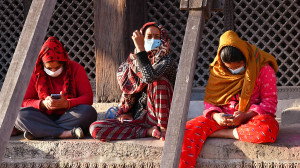Editorial
Whiff of change
After a long while, people felt the presence of the state at a difficult time.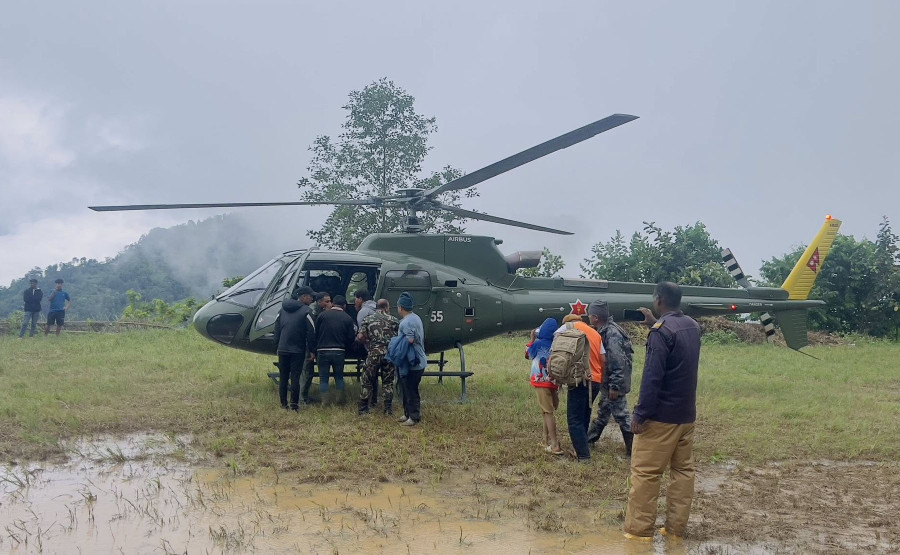
A magical sight awaited the residents of Kathmandu Valley on Sunday as they watched the early winter sun beat down through big patches of blue sky. Just a day earlier, they had been bracing for perhaps the worst monsoon rains in decades, with three unrelenting days of downpour forecast. Those in other parts of the country, which also saw record precipitation, also breathed a collective sigh of relief when rains relented on Sunday. Yet, on Saturday, even as Nepalis expected the worst, they were reassured by the preparations and response of state agencies. At this time a year earlier, as rains battered much of the country and there were frequent floods and landslides, the response of then-KP Oli government was woeful. Preparation was poor and when disaster struck, people were left to fend for themselves. When Prime Minister Oli was quizzed on the sluggish response, he shamelessly replied that the government had no prior information on which exact places would be affected by the rains—and hence it was impossible to prepare. It was one more instance of an uncaring government shrugging off its responsibility to protect its people.
Compare this to the response of the Sushila Karki government to the recent disaster. A steady stream of updates on expected rains and water levels of various rivers helped people calibrate their response. The government made savvy use of social media and other means of communication to give out timely information, which in turn saved lives and properties. Relevant officials were put on standby 24/7. Dangerous highways and roads were swiftly cordoned off. Helicopter operators were asked to stay alert to rescue stranded people. Excavators and bulldozers were quickly deployed to clear blocked highways. This is not to suggest that the response was foolproof, or even adequate. The question is rather of intent. The government took responsibility for the wellbeing of its people and acted on time. After a long while, people felt the presence of the state at a difficult time. During previous disasters, those in positions of power had shown little urgency and state agencies did the bare minimum to fend off blames of inaction.
The Gen Z protests turned Nepali politics on its head. People of younger generations said ‘no’ to old ways of doing things. They wanted more transparency and accountability—and there was a reflection of this spirit in the government’s recent disaster response. True, there is a difficult political transition ahead, and much could still go wrong. Yet the people Gen Z protestors put in place to govern are already delivering. There is a whiff of change in the air, as state actors collectively pursue public interest.
All those decrying recent political changes and wanting to take the country back to authoritarian days should take note. This sense of collectiveness and collaboration is possible only in a democratic setup in which right people are given the right roles but given enough discretion to act on their good judgement. Nepal will have more gloomy days in the months and years ahead. But just like the sun broke through dark clouds on Sunday, the new Gen Z spirit will also shine through.




 10.12°C Kathmandu
10.12°C Kathmandu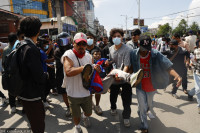
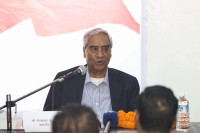
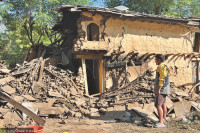
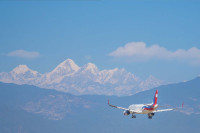


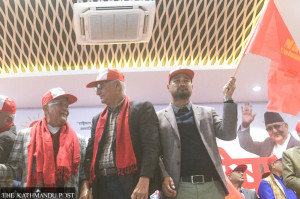

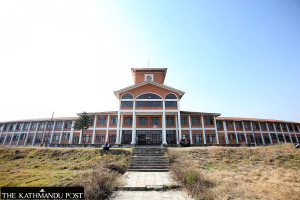

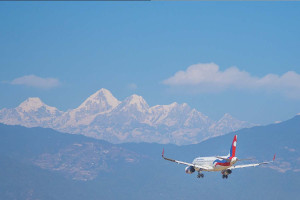


%20(1).jpg&w=300&height=200)

